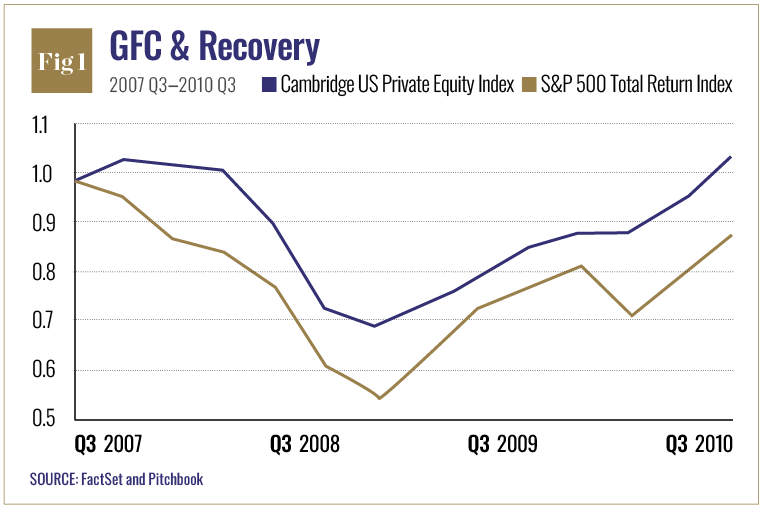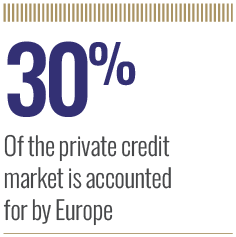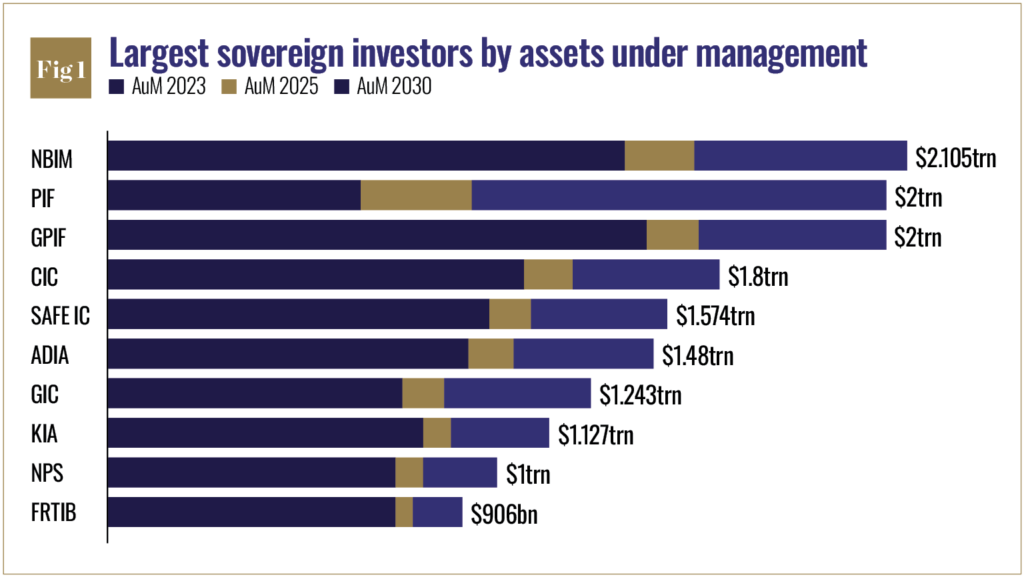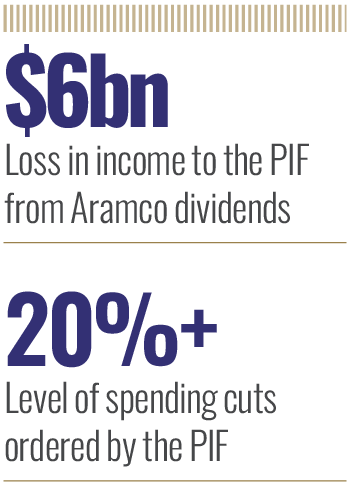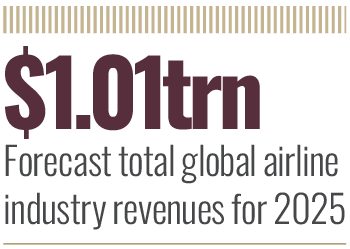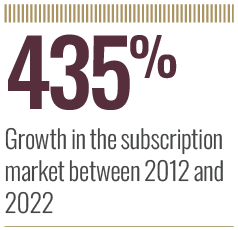Project finance in the Gulf Cooperation Council (GCC) region is shifting. Hugh Morris, Senior Research Partner at Z/Yen, thinks this is because the market is maturing – particularly in terms of how political risk is seen in the region. This maturity has supported the creation of a pipeline of projects and funding because investors perceive that the geopolitical risks in the region are reducing, which permits more competition.
As a market the GCC is also attractive to them because in comparison the West offers lower risk and yields, and around the world there is a lack of low-risk, high-yield assets. Higher risk and higher yields tend to be available in the East. However, the Gulf sits in the middle of the two both geographically and from a risk profile perspective.
Morris therefore comments that lower risk makes it easier to finance projects, and so this is leading to an increased collaboration between international banks. While they have access to funds and the expertise in project finance, local GCC banks have the local market expertise and local contacts to ensure that a project is successful.
Risks nevertheless still exist. Some project finance contracts can last 20 years at least. Yet while repayments can take 12–25 years to complete, and while the duration of project finance deals is getting longer around the Gulf, many projects are refinanced early. As for debt financing, project owners do not guarantee repayment. That tends to come from any revenue that is generated from a completed and fully functional facility.
Repayment therefore depends on each project succeeding. This increases risk, and so banks expect to be paid a premium in return for accepting the high risks associated with it. To be competitive, lenders are offering better value deals. That is a hard prospect to achieve when they need to factor in industry rules on how much capital banks must hold. So, whenever the perceived or actual risk of supporting a project is high, banks understandably want to charge a premium in order to obtain a return.
Working collaboratively
With an eye on the increasing opportunity in the region, international banks, local banks, and credit agencies are working collaboratively to provide both short- and long-term financing. To get projects off the ground, project managers are opting for short-term financing, and over a longer period of time they typically replace bank financing with longer-term bond financing. “This enables them to lock in lower rates of interest and match long-term liabilities with long-term asset revenues,” Morris explains. It also permits the matching of revenue and costs to generate a return over the lifetime of an asset.
Saudi Arabia and the United Arab Emirates lead the pack in the Gulf, Morris says, because the largest finance projects are typically in one of those countries. A key driver is the “diversification away from oil and gas to build a post-oil and gas economy in Gulf countries,” and Morris suggests the nature of the centralised directives that emanate from their ruling families creates a short chain of command from political leaders to infrastructure projects.
For example, Morris reveals that “Saudi Arabia is investing in green hydrogen, and the UAE is investing in nuclear power. There are also major urban development projects, such as – in Saudi – the substantial development of Al Diriyah under the At-Turaif District Development Plan consisting of $50bn investment near Riyadh. The aim is to create a major cultural and tourist destination which will tap into the tourism market and replicate in Saudi Arabia what Dubai has achieved on the coast.” Nevertheless, a spokesperson for Bank ABC – Arab Banking Corporation, suggests that not everything is all rosy. It says there is allegedly a $5trn annual investment gap for clean energy and there are some COP29 shortcomings. The bank therefore feels that there is a need for financial institutions to take on a leadership role. This view highlights why so many of them are concentrating their investments on energy transitioning.
Project financing shift
However, there has also been a shift to financing projects such as hospital and education infrastructure. Ehab Nassar, a director at Fitch Ratings, comments: “It is coming on the back of the strategic shift away from oil dependency, and the governments are financing the projects as Public-Private Partnerships (PPPs).”
Banks expect to be paid a premium in return for accepting the high risks associated
Initially, before 2019, project finance was limited and GCC countries such as Saudi and the UAE began to develop their PPP frameworks in the GCC region’s bid to diversify away from oil and gas, while maintaining course with renewable energy and while moving towards social infrastructure.
Nevertheless, Christiane Kuti – a senior director at Fitch Ratings – says the Barakah nuclear plant in Abu Dhabi was not financed using a PPP structure. Instead, the finance involved a combination of debt and equity, including loans of $16.2bn from the Department of Finance of Abu Dhabi, and $2.5bn from the Export-Import Bank of Korea (KEXIM). There were also equity investments of $4.7bn from Emirates Nuclear Energy Corporation (ENEC) and Korea Electric Power Corporation (KEPCO) to establish the Barakah One Project Joint Venture Company.
The UAE recognised the project as being given a green loan because it is perceived by the authorities as playing a role in decarbonising the power grid, and for its contribution to the UAE’s green economy. Moreover, the project was refinanced in July 2023 by two leading Emirati banks: Abu Dhabi Commercial Bank (ADCB) and First Abu Dhabi Bank (FAB). They took over the loan facilities previously held by KEXIM.
Financing evolution
Abbas Husain, Head of Infrastructure and Development Finance at Standard Chartered, says there is a financing evolution in certain infrastructure projects in the GCC region. This is because re-financing is increasingly borne by the off-taker – the buyer of the product or service produced by a project. While structured on a ‘hard mini-perm’ basis, with a shorter date, they benefit from a long-term concession agreement.
The aim is to create a major cultural and tourist destination
Husain explains why this is invaluable: “Key benefits include lower financing cost that results in tariff competitiveness as well as an increase in liquidity to finance these projects. Deals are re-financed by project bonds or long-term commercial debt.” However, Husain adds that infrastructure projects, where the re-financing risk is not covered, “continue to be financed by long term commercial debt, including ECA financing which provides stability and cost-effective financing over the tenor.”
Credit agency support, from either export credit agencies or development finance institutions, is available to enhance the credit profile of projects. The aim is to make them more attractive to long-term investors. “This structure also facilitates access to alternative capital sources such as infrastructure funds and institutional investors that may otherwise be wary of early-stage construction risk,” Husain suggests.
Refinancing period
Mazen Singer – Partner in Infrastructure Finance at PwC Middle East, says that most project owners (sponsors) tend to want to refinance after a project has been operational over a period of five to eight years because the project will be at a stage where construction is complete, operations are stable, and at a point where revenue flows are more predictable.
Singer remarks: “At that point, the project’s risk profile has improved significantly, opening the door to more favourable financing terms, and this gives sponsors an opportunity to lower the overall cost of capital, optimise their debt structure, and in some cases, release capacity to fund future development.”
Singer warns that waiting longer could dilute some of the refinancing benefits, particularly as the remaining debt tenor shortens, and because this can reduce the positive impact of refinancing once a project is self-sustaining. However, Singer is seeing a broadening of the financing landscape in the region. For example, more export credit agencies are active. Singer says this reflects the scale of infrastructure investment there. This includes infrastructure funds that are “drawn by mature, cash-generative assets, and capital markets are increasingly receptive to well-structured opportunities.”
The Gulf is well-placed to be among the leaders of the next phase of global infrastructure financing
Husain adds: “As the Gulf has matured as a project finance destination, with better regulatory and governance frameworks, clearer procurement processes, and higher-quality sponsors, banks have become more comfortable with the risk.” Husain believes this is complemented by the region’s strong sovereign backing as the off-take risk is typically emanating from a state-owned utility “or back-stopped by a Ministry of Finance, which has reduced perceived credit risk, allowing banks to price more competitively.”
Morris suggests there are a sufficient number of completed projects in the GCC region to see a “pipeline of successful financing, and so the projects look sensible to invest in one after another.” The projects and the collaborative nature of financing and investing in them, Morris says, demonstrate the determination of the governments in the region to build a post-oil future that involves well-run infrastructure projects as they can be a very good class of asset for investment.
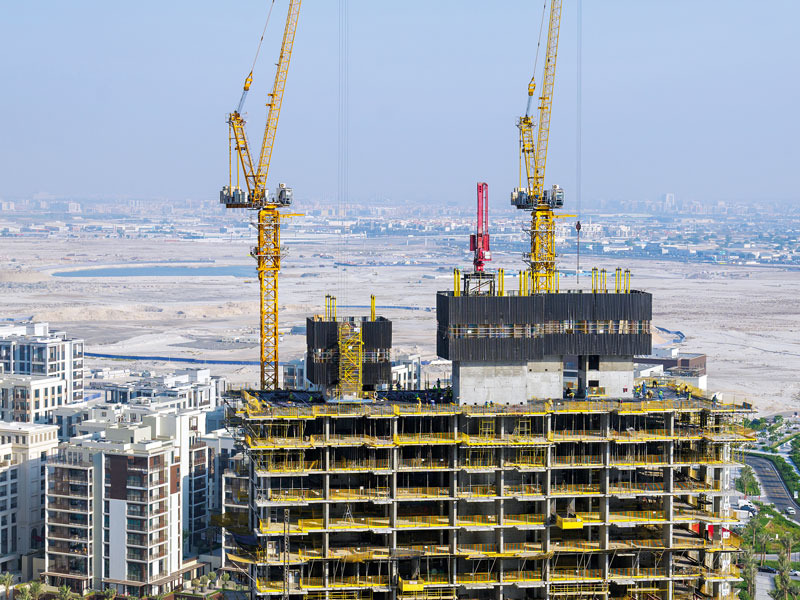
However, Morris warns, there is a need to maintain tight control of what investors take out in equity returns because they can be accompanied by debt loading. Morris argues this is what the regulator in the UK failed to do with that country’s water industry. This action left the industry saddled with debt, while investors took out handsome equity returns.
Still some work to do
Nassar and Kuti think there is still a lack of case history, which brings uncertainty. For example, the enforceability of security in the Gulf region and a higher level of transparency in the sharing of information are much needed. So there is still some work to do to reduce risk by enforcing laws, and by developing appropriate regulatory frameworks across the GCC.
Regulatory frameworks are key to boosting project finance across the region, as they will bring in the capital markets at a time when the funding needs are significant. This stage of development differs materially across the GCC, with the UAE and Saudi being the most advanced markets.
Husain concords with industry analysts that progress in project finance transformation is nevertheless significant within the Gulf. However, Husain would like to see a greater standardisation of PPP frameworks across jurisdictions to enhance bankability, and deeper secondary markets to support refinancing and portfolio diversification. If refinancing risk were borne by the off-takers, there would be an enhancement of liquidity for financing infrastructure projects.
Husain ends by saying that with continued regulatory innovation and stakeholder collaboration, the Gulf is well placed to be among the leaders of the next phase of global infrastructure financing.
To achieve this end, Singer concludes that the region needs to continue to attract and develop the necessary expertise and institutional capacity. That can be done by fostering national and regional champions in project finance.

